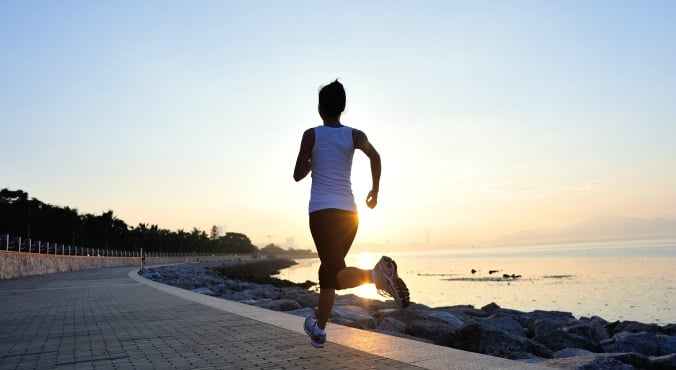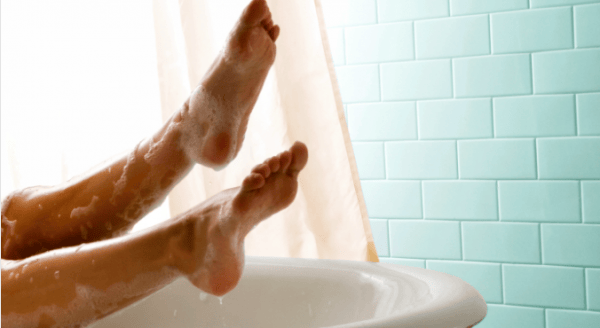
Image: iStock. By Neil Walsh, Bangor University.
In the Bell Jar, Sylvia Plath wrote: “I am sure there are things that can’t be cured by a good bath but I can’t think of one.” Our research shows that there may even be some things that can be prevented by a good bath – as long as the bath is at the right temperature.
In recent years we have seen images of athletes plunging into ice buckets after big races, but our findings show that taking a hot bath after exercise for six days reduces both resting and exercising body temperature and improves running performance in the heat.
Athletes and people with physically demanding jobs, such as soldiers and firefighters, often need to perform in the heat. But heat is the enemy of performance. The body sweats in order to cool down, but this puts extra strain on the cardiovascular system which, in turn, increases fatigue.
A strong core helps, too. Here’s a strengthening exercise from the team at Paper Tiger. (Post continues after video.)
Also, when people exercise in the heat they are at risk of suffering from heat exhaustion and the much more serious condition, heat stroke, which can be fatal.
To combat this, athletes typically acclimatise by training for ten to 14 days in the heat. This usually involves relocating to a hot country for training or, for the lucky few, daily training in an environmental chamber, which simulates a hot environment. These options are neither cheap nor practical.






























































































